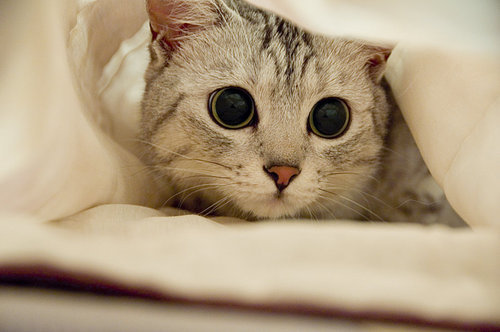

Playful: Ears forward, tail up, whiskers forward and pupils somewhat dilated-playing is hunting behavior your cat may stalk their prey (a toy, a housemate or you), then crouch down with their rear end slightly raised. Listed below are some combined physical cues which communicate your cat’s mood:Ĭontent: Sitting or lying down, eyes half-closed, pupils narrowed, tail mostly still, ears forward and purring-a really happy cat will often knead on a soft surface. But a growl, a hiss, or a yowl are indications from the cat that they are feeling threatened and need you to back off. Cats can chirp or meow when they are either excited or frustrated. Trills and purrs are generally associated with positive feelings however, cats can purr during times of stress or pain. If the whiskers are tight against the face, the cat is communicating fear and/or aggression. If a cat’s pupils are constricted, it could indicate aggression, high play arousal or be due to bright light. When a cat’s pupils are dilated, large black center, the message is only that the cat is stimulated this could mean stimulated to play or stimulated in fear or aggression. It is important to interpret eye cues with other body cues to understand your cat’s behavior. When looking at cat eyes, it is important to look at pupil size. A cat with flattened ears is a cat to avoid.Įyes. As the cat becomes stressed, fearful or upset, the ears will turn to the side and back. If a cat’s ears are high and erect and facing forward, the cat is alert, calm and confident. When a cat is flicking the tail, the cat is usually agitated and upset this is a sign to not interact with the cat.Įars. A low tail could be a sign of anxiety or fear. A high tail often means the cat is happy and confident, even friendly sometimes the tail may quiver. A scared or stressed cat may try to puff up and arch their back or shrink into a small ball.

A cat willing to positively interact will have a neutral body and face you. A cat uses body position, tail position, ears, eyes, whiskers and vocalization to communicate.īody posture. The physical cues can have different meanings based on the context in which they are observed. Reading cat body language depends on not only observing the cat’s body cues but also observing the surroundings where the body cues are happening. Noelle Weeks, Veterinarian, Veterinary Resource Center of the Humane Society of Harrisburg Area


 0 kommentar(er)
0 kommentar(er)
